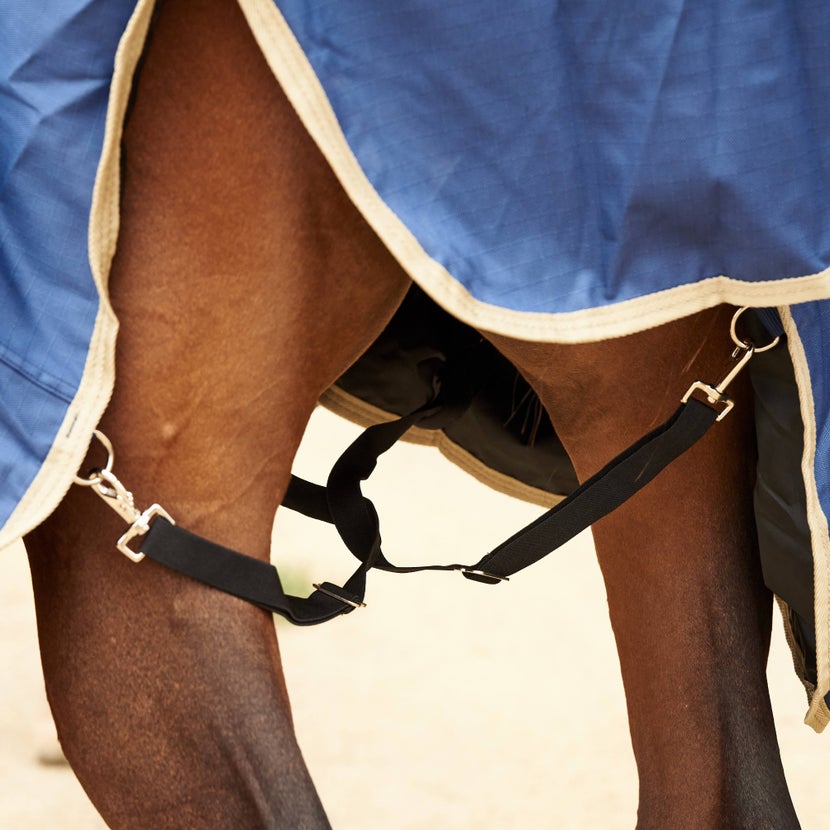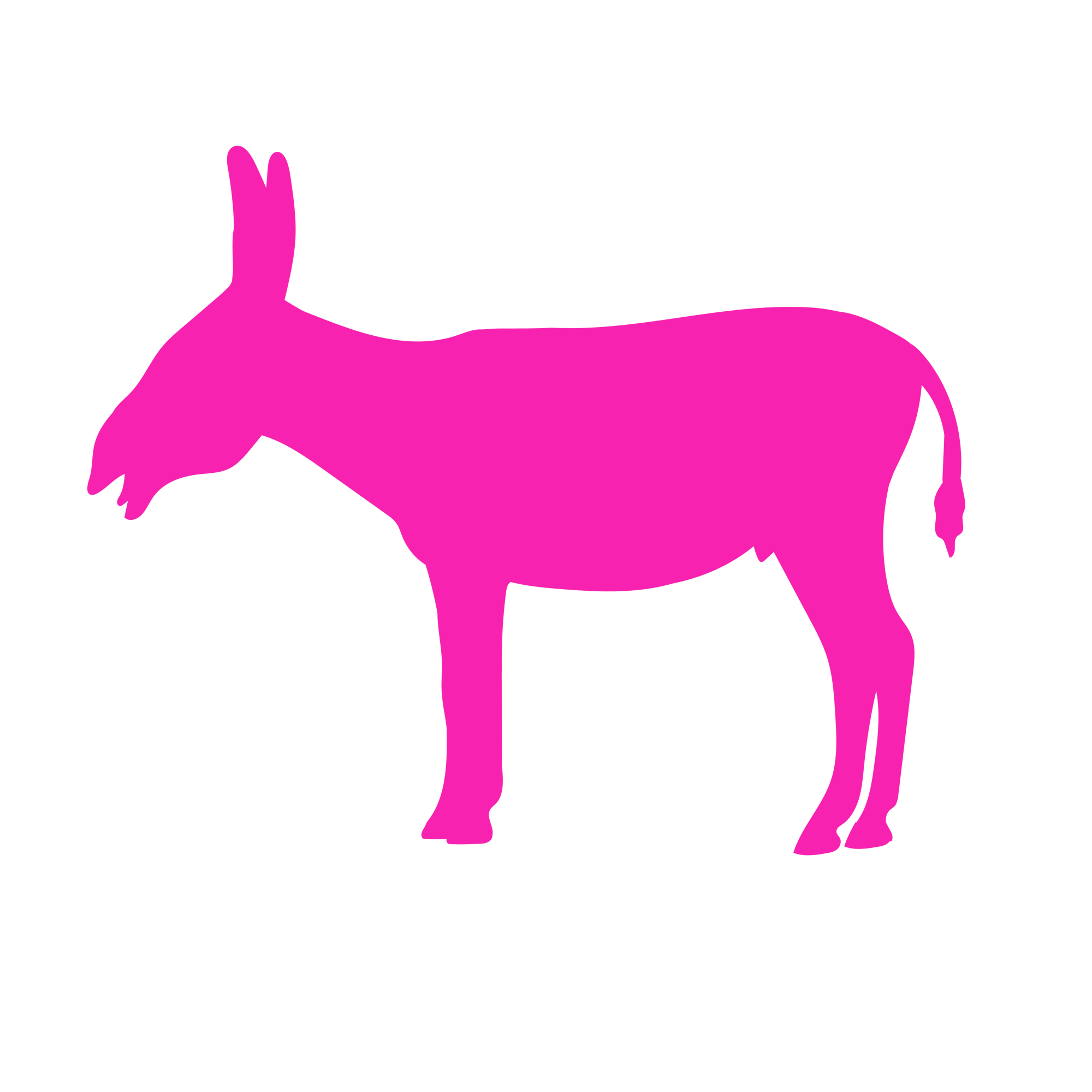A HUGE thanks to Save Your Ass Rescue for this wonderful email they sent out! We have adapted it slightly, but all credit belongs to them. As always, please work with your vet if you have concerns!
There’s been quite a bit of debate online about whether or not donkey and mule owners should blanket or not blanket their long eared family members. So we wanted to share our two cents on the topic to hopefully shed some insight to donkey owners.
The short answer to a complicated question is, it depends. It depends on where you live, how cold it is, how wet it is, the age of your donkey, if they have Cushing's disease or any other types of illnesses, etc.
What we normally hear is, “But my donkey gets so fluffy why would he need a blanket?” But the truth is your donkeys fluffy fur does not have the density or insulating properties that a horses natural coat provides. Not only that but donkeys lack the oil horses have in their coats that act as a natural water repellent, which in turn keeps their skin dry. This is also why horses have that sweet horse smell that we all know and love, and donkeys do not. (Sorry donkeys.)
Donkeys descend from desert species, they use dust and sand as a way to “bathe” themselves. Since it doesn’t rain often in the desert, donkeys have not evolved to have oil in their coats to protect them from our freezing rain, sleet and snow that our (northern) winters bring.
Mixing a lack of a waterproofed coat, plus a lot of extra winter hair without insulating properties and wet weather- is a combination for a very unhappy donkey, and can sometimes even be a death sentence for an immune compromised or older donkey.
Some may say “but my donkey never acts cold!” Donkeys have evolved to freeze (no pun intended) instead of having a flight or fight response like most mammals. Donkeys stop and think through problems or how to respond to a stressful situation. Which is why they’ve unfortunately gotten the notorious title of being “stubborn.” Most donkeys will not show when they are sick or not feeling well until they are in the later stages of their illness. Which is why it is so hard to tell when they are having a bout of colic or are injured. It’s their instincts way of protecting them from being eaten by predators. Pretty fascinating, but not great for the people who love them and want to know when they’re not well.
The bottom line is, just because they survive the winters or always have without being blanketed, doesn’t mean they are thriving and comfortable. This goes especially for the ones who are getting long in the tooth (older), are sick, injured, have Cushing's disease or thyroid issues. These donkeys are more vulnerable than a younger, healthier donkey and need an extra layer or two to give them a hoof up this winter to keep them cozy, safe and comfortable.
The bare minimum they should have is a 3 sided shelter that is deeply bedded with pine shavings, and cleaned daily. I would go a step further to say that warm mash soup made up of a handful of timothy pellets with their loose mineral supplement would also go a long way.
Please don’t take what we’ve said here today and use it as a blanket statement! 😁 Use your discernment and go based on the weather and your donkey. Each donkey should have a few different coats, a rain sheet, and a few coats from 200g- 800g insulation.
Other Blanketing Tips
*Blankets should be checked daily to make sure there are no rips, tears or dampness under them.
*Clips should always be clip side facing in toward the donkeys body.
*Donkeys should be groomed at minimum once a week with a ‘slicker brush’ to ensure their skin is still getting some air, so dead skin is being removed and to check their body condition.
*Blankets need to be washed and re-waterproofed every year. You can find waterproofing spray online or at any tack shop that sells horse blankets. (We like scotch guard). Mawm and I use this waterproofing spray, or this one.
*When putting on a blanket start fastening buckles and clips from the front to the back. (First image below)
*Leg straps should be not be too loose that the equine can tangle in them when laying down, but not so tight that they rub. **cross them as shown below for safety** (Second image below)

Image from SYAR

Image from Riding Warehouse: How To Safely Blanket
All of the blankets Monte, Ace, and Jack wear, as well as their neck covers, are under the resources tab!

